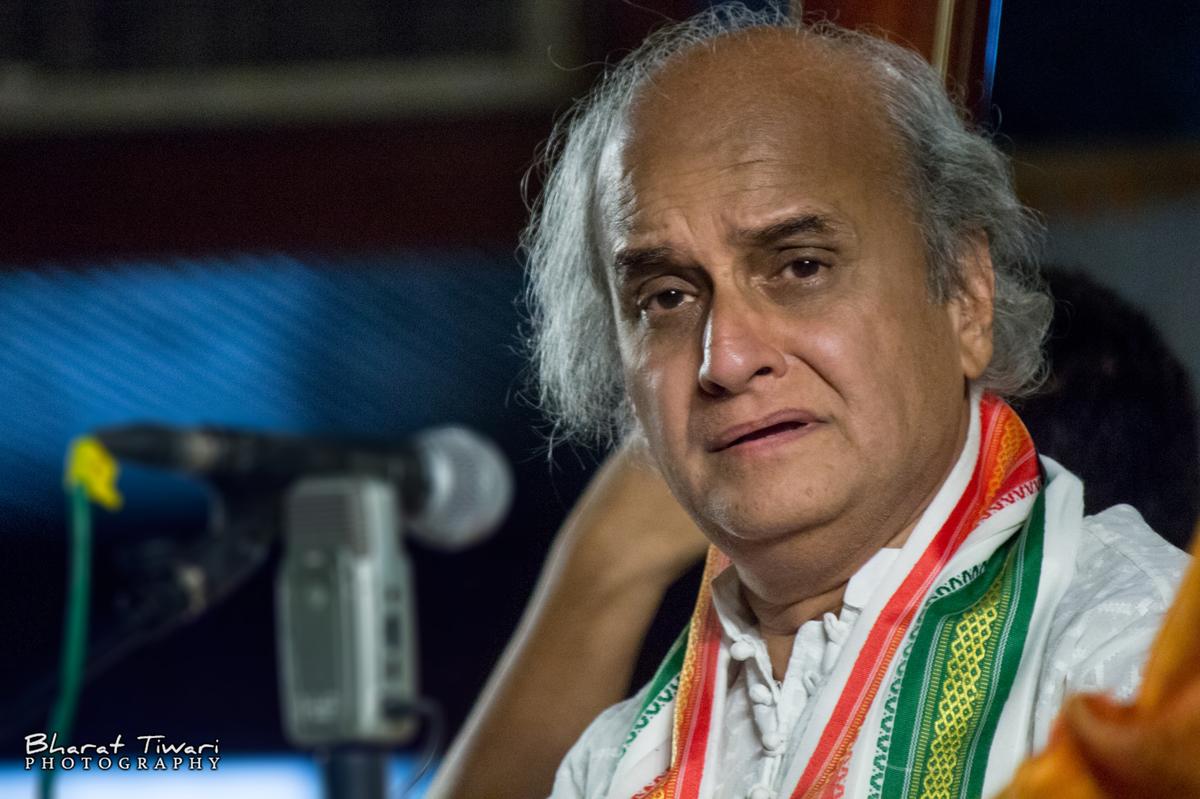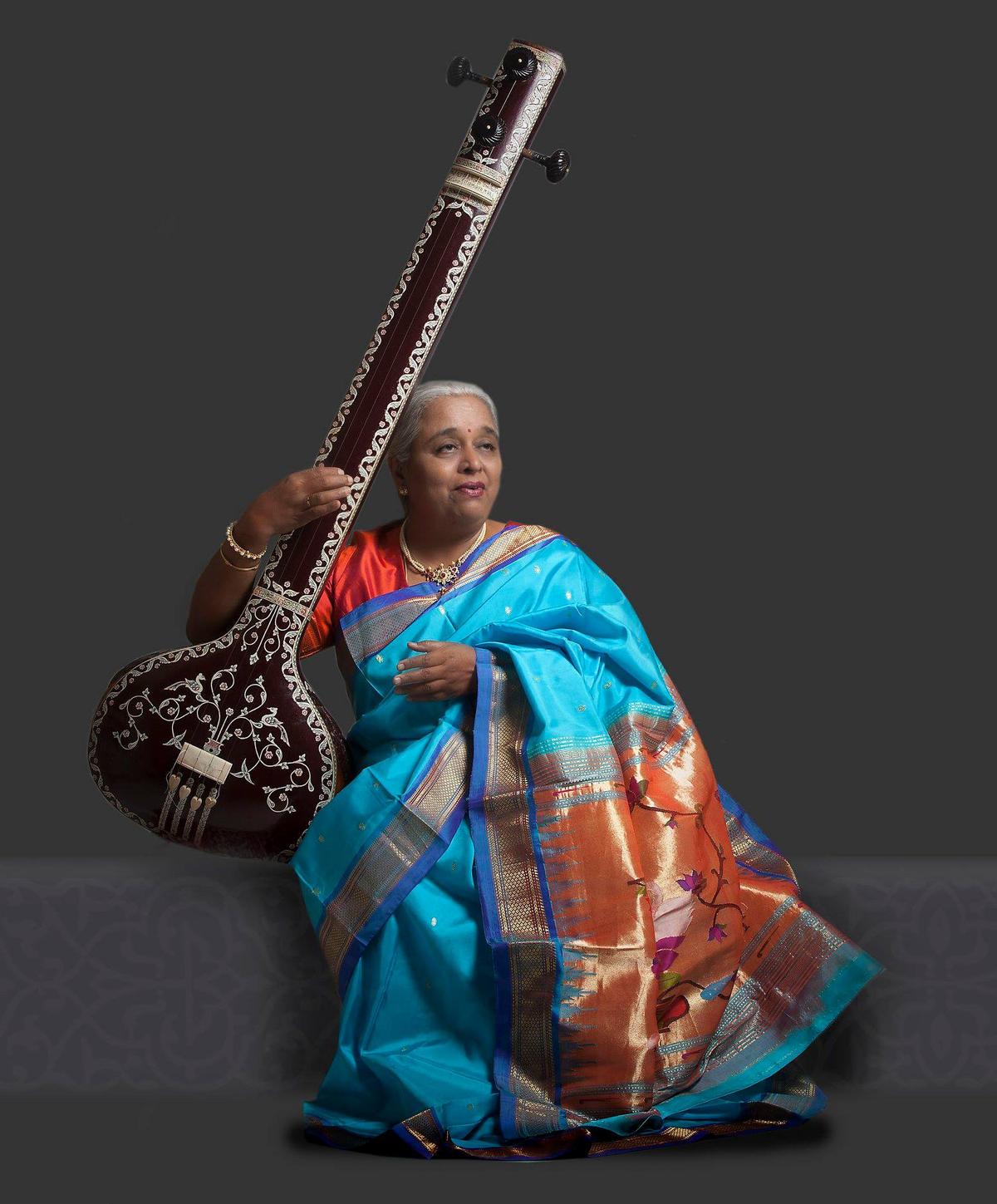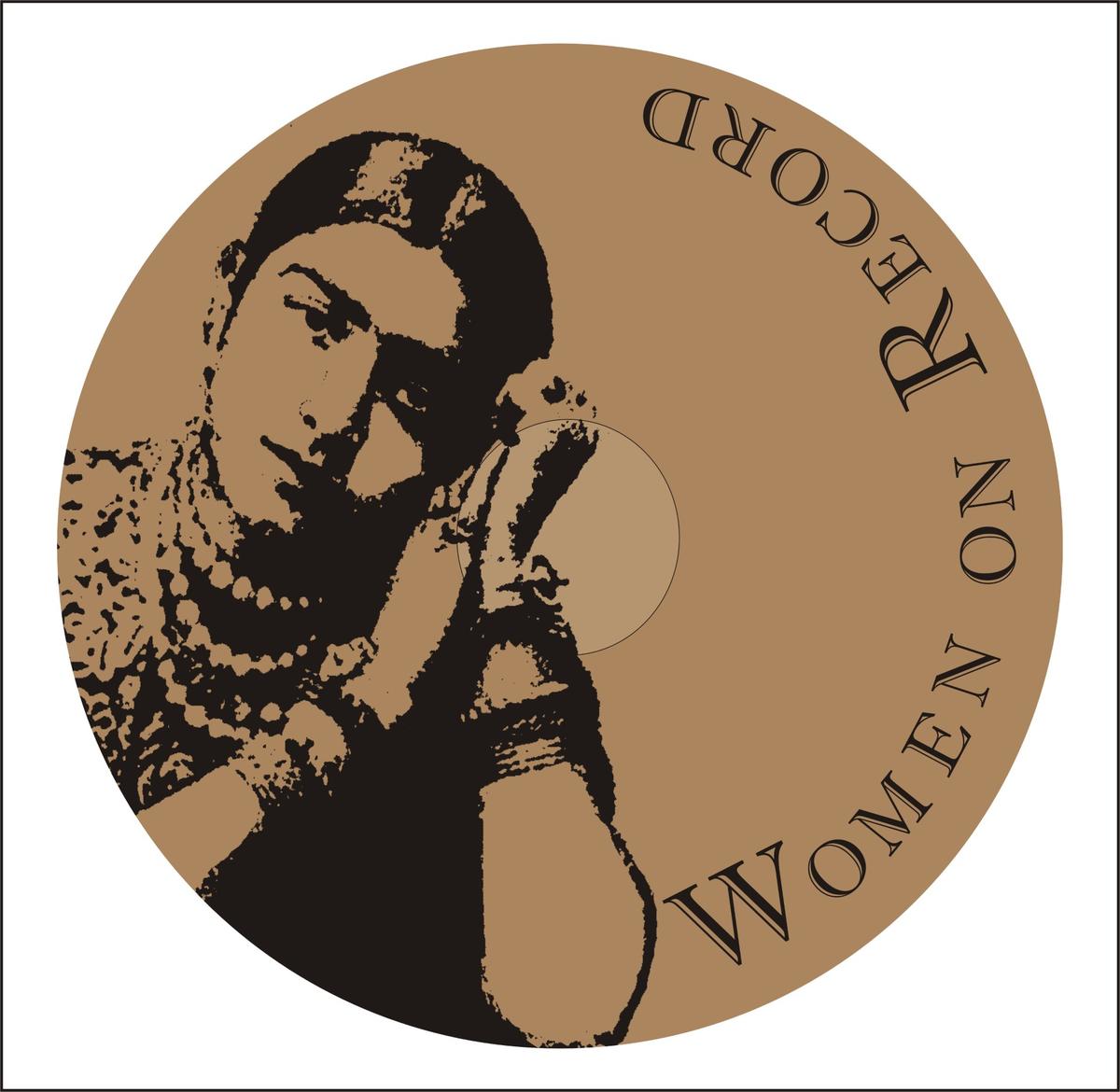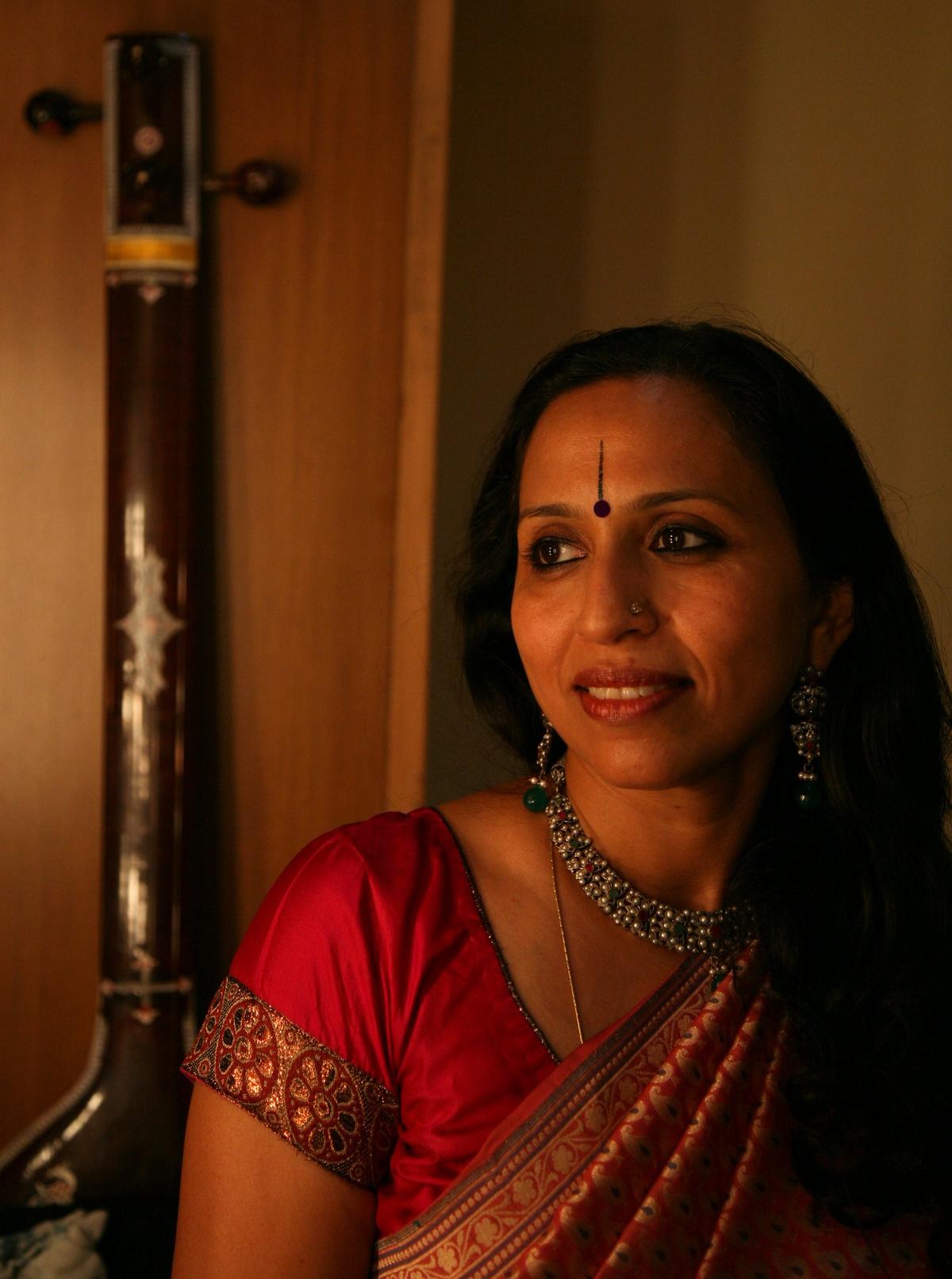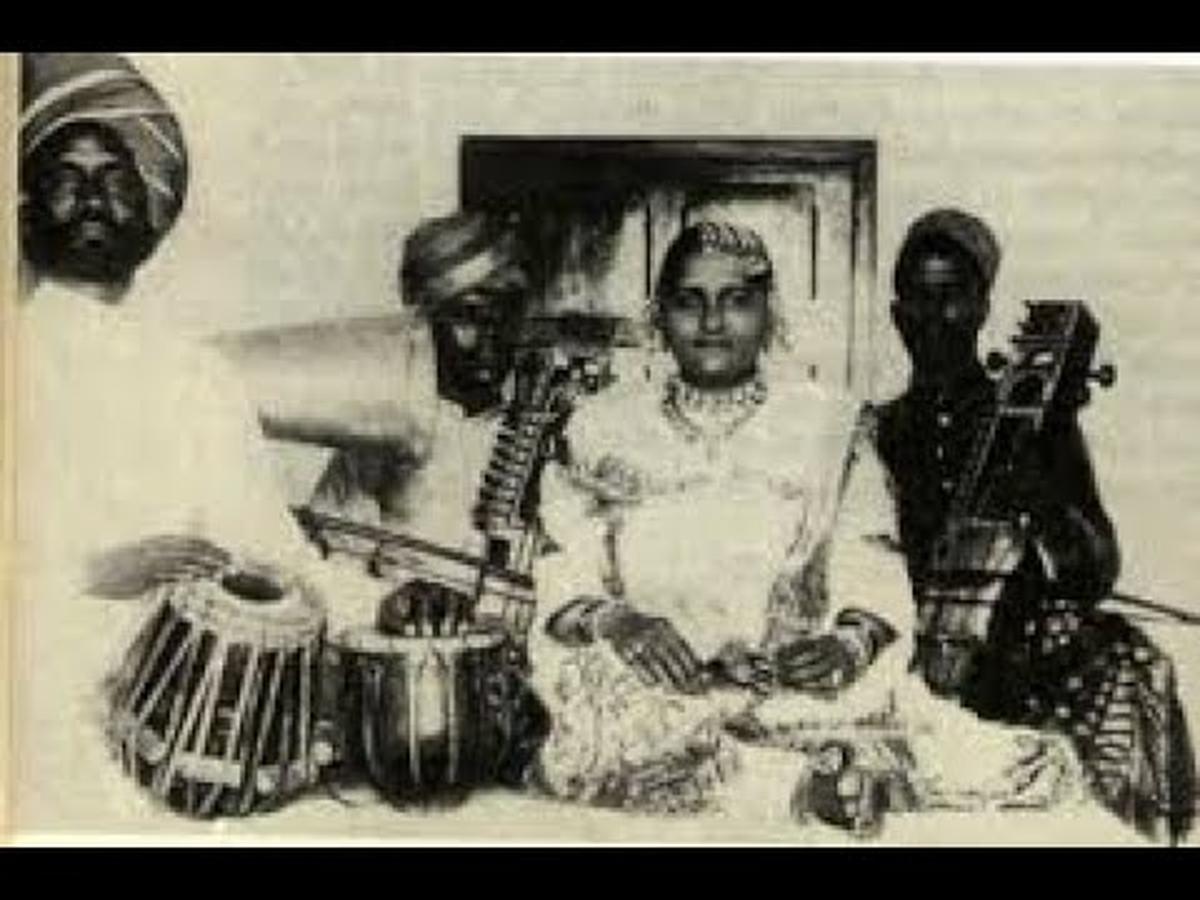When he watched Mani Ratnam’s 1986 classic Mouna Ragam, when he was just a little over ten, S Sashikanth was mesmerised by the beauty of what the filmmaker, along with art director Thota Tharani, had imagined. “I still remember all the details…the ten-foot main entrance, the spiral staircase, the wooden jaali, the circular courtyard, and the furniture. That whole film was beautiful.” Sashikanth decided then he would either become an architect or a filmmaker. As one could imagine, becoming an architect was much easier than becoming a filmmaker. After graduating (he had by then assisted Tharani in Shankar’s Mudhalvan), Sashikanth approached Mani Ratnam for an internship. “But he said, ‘You have already become an architect, why don’t you take that route.’”
As advised, Sashikanth went ahead with architecture, establishing his company Space Scape with his wife. When the cinema bug bit Sashikanth again, he was 35, “too old to become an assistant director,” and so instead, he chose to become a film producer — because “Why not?” After all, it was a stint that could let him learn filmmaking hands-on. And thus began the journey of Sashikanth’s immensely successful production banner, YNot Studios.
And now, after more than a decade, after producing 20+ films, the architect-turned-producer has finally realised his directing dreams, having helmed the upcoming Netflix drama, Test, starring R Madhavan, Nayanthara, Siddharth and Meera Jasmine.
Along with Netflix India boss Monika Shergill, Sashikanth speaks about how architecture fuelled his filmmaking.
Excerpts:
It’s interesting how architecture and film production are both marriages between creativity and economics. Have you always had a storyteller in you, Sashikanth?
Even in architecture, you become your first audience. A design is a story you tell yourself. So, even for cinema, you need a designer mentality; you can’t take the all-creative or an all-scientific route. I look at films like how you design a house. It’s something that is inherently yours, but you are always doing it for somebody else. So I saw myself as a storyteller who could look at filmmaking from a design perspective to tell a story.

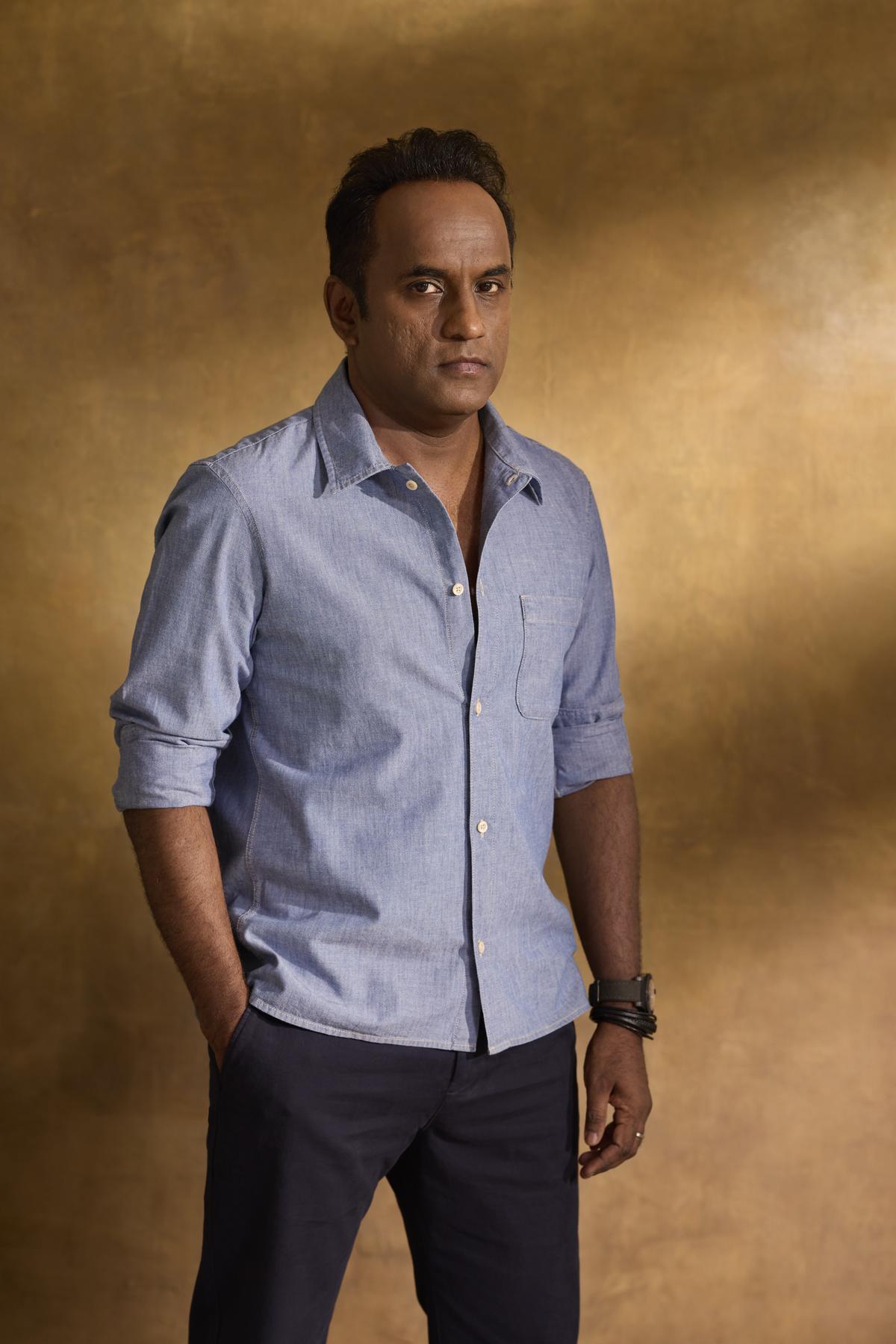
S Sashikanth
| Photo Credit:
Special Arrangement
Did the architect in you come in handy while producing films?
Yes. When I first came in, the industry was hooked on starting a project through narrations. But as an architect, I always looked at plans as a way to convey all my creative energies. You have to communicate to your clients that even intangible creative things could have a scientific document. So right from the first project, we directed that every project be looked at, understood and curated through script and development.
The architectural system is also very collaborative. I could be the architect, but I would need a plumbing engineer, structural engineer, or mechanical engineer. That’s what film production is like; so many people need to work collaboratively.
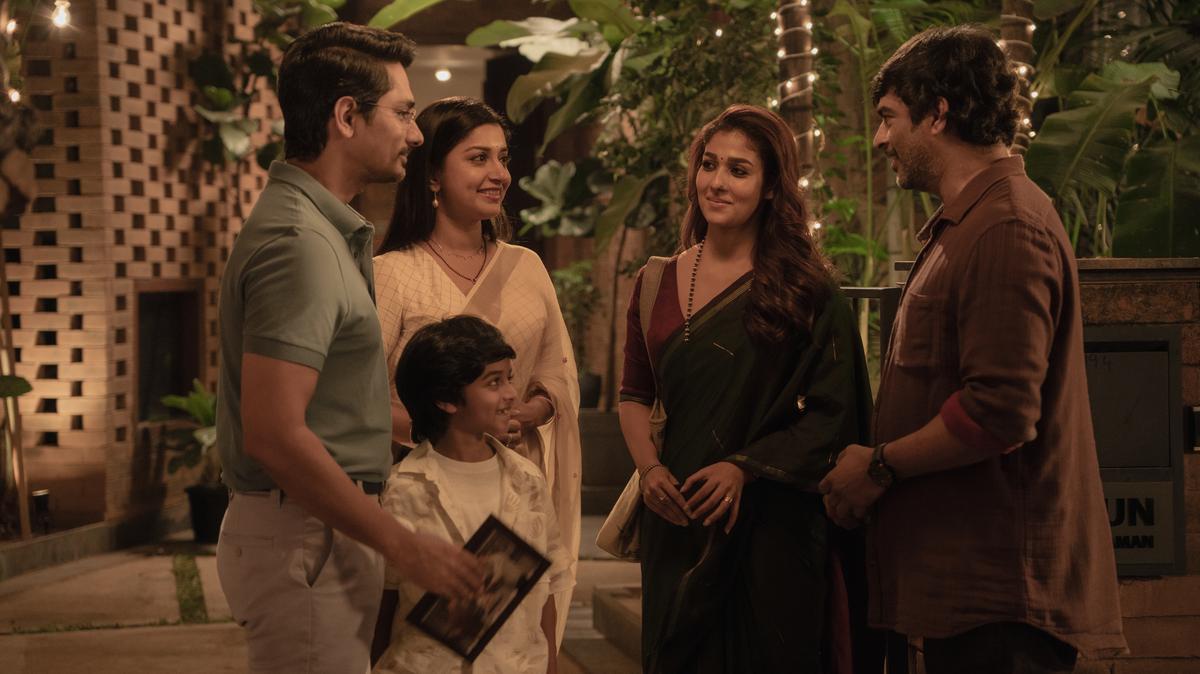
Siddharth as Arjun, Lirish Rahav as Aditya, Meera Jasmine as Padma, Nayanthara as Kumudha, R. Madhavan as Saravanan in ‘Test’
| Photo Credit:
M.S. Anandan / Netflix
So I assume you would do a pre-viz for all your scenes?
Yes, every location was drafted out. We went and marked where the camera would be positioned. We used StudioBinder to map out everything, and even the movements of the actors were choreographed. Everything was on paper, and so we had a Scene Bible. So I didn’t have to be there, and anyone could have looked at this and got it done. I look at filmmaking in terms of design, so I need all the bases covered first before letting any experimentation happen.
You had previously said that you thought of the story of ‘Test’ many years ago; how much of it changed as the years progressed and cinema underwent its own evolution?
It was a very plot-driven film then. The basic idea was of a cricketer and what happens to him, but being a David Fincher fan, I have always wanted to get into the psychological study of characters. It’s easy to write a Test and call it ‘the test of the characters,’ but that’s not the idea. Then I saw an interview of Virat Kohli; supposedly, when his father passed away, a 18-year-old Kohli still packed his bags and played the Ranji Trophy match for Delhi. When the interviewer asked him how he had managed to do it, he said, ‘Not playing was never a choice.’
That opened my perspective of what a cricketer is looking at when he enters his arena; it’s something like a superhero story arc that he’s willing to sacrifice all those personal bits for something much higher. Those decisions make you the hero or the villain. When he’s (Kohli) just walking away from that house, I am sure many would have thought, ‘What kind of person is he?’ But then, he goes on to get the accolades of millions. Sometimes, narcissism is looked at with a very negative connotation, but that kind of DNA is required for the ones to go on to become leaders. It gave me a great insight into how a sportsman would think and look at life. I wondered if that trait existed in common people as well, and that was the beginning of character development.
Monika, you have collaborated with Sashikanth on ‘Aelay,’ ‘Mandela’ and ‘Jagame Thandhiram. ’ What was your first response to collaborating on a project with Sashikanth as the director?
Monika Shergill: I never saw Sashi as just a producer. He always came across as a creator-cum-producer. When we saw Test, it was amazing to see a film explore character after a long time. It tested the characters’ values and ethics. A lot of the cinema we see these days is very over-indexed on plot, and we are exploring characters more in the series format. With Test, the plot depended on the characters and their choices. I could see the architect in Sashi in every frame. Because he’s an architect who could make beautiful spaces, and so, he could have made the spaces look grander in the film, but he stuck to what was required and underplayed the setting so that the characters could shine.
Monika Shergill
| Photo Credit:
Special Arrangement

The four leads of ‘Test,’ especially Madhavan and Nayanthara, are stars who have stood the test of time. What do you think is the secret to their longevity and to having long careers in a profession like cinema?
As we go through life, we gain so much experience. For example, through 15 years of being a producer, having produced 25-odd films, there have been many testing times. I understand the idea of a test as what it means to take your house documents, give them to the bank and say, ‘Let’s release this film and take the chance.’ You need to be pushed to that place. The reason we wanted these actors is that they have gone through life as well. The fact that they’re still here means they’ve won already. They know how to fight. For Nayanthara to be a superstar for 20 years and for the kind of roles Madhavan goes after…it’s all qualitative.
Sashikanth, how excited are you about reuniting with the ‘Bramayugam’ team for the upcoming Pranav Mohanlal-starrer?
It is exciting. The film is already on floors. We’ve always been content-driven and have attempted to push the boundaries. As was the case in Bramayugam, we faced specific hurdles that needed to be crossed. But we’re super excited. The team is already in the second week of shooting.

Monika, can we expect content like ‘Adolescence’ from Netflix India?
Monika Shergill: It depends on the creators. I genuinely feel that Netflix is here to tell high-quality stories for a very diverse audience. Adolescence is a brilliant, timely show, considering what we are all experiencing. What is important to do is to keep coming closer to our audiences, to reflect on the times we are in, and to tell very powerful stories. We are telling great stories, and Test is an example of that.
India has a very complex audience; it is unlike several markets and since I work at Netflix, I get to experience many markets. India has a very heterogeneous audience, so it’s important that creators also understand which audience they want to talk to. As a platform, we are there to talk to all audiences. For us, we are Netflix for all. That’s the journey that we are on. We want to be the most loved service, and it’s important to identify, create and commission thought-provoking stories that can entertain a wide set of audiences. It is up to creators what kind of stories they bring and what they want to say. So we are here, and I hope that we get stronger and stronger by the kind of stories that we tell and what the creators in India want to say to the Indian audience and the audience across the world.
Test premieres on Netflix on Friday, April 4
Published – April 02, 2025 10:18 pm IST



